Installing central heating is a difficult job and one that requires careful planning and a sound understanding of the necessary materials. Though it's possible to perform a large part of installing central heating yourself such as selecting the boiler and radiators, laying the pipes, and even installing the control system, you'll need a certified contractor to connect the boiler to the gas supply and check the entire system to see if it's safe to use and if it will effectively heat your home. The following steps will show you how to install central heating based on a gas boiler.
1. Research the equipment you want to use to install central heating in your home.
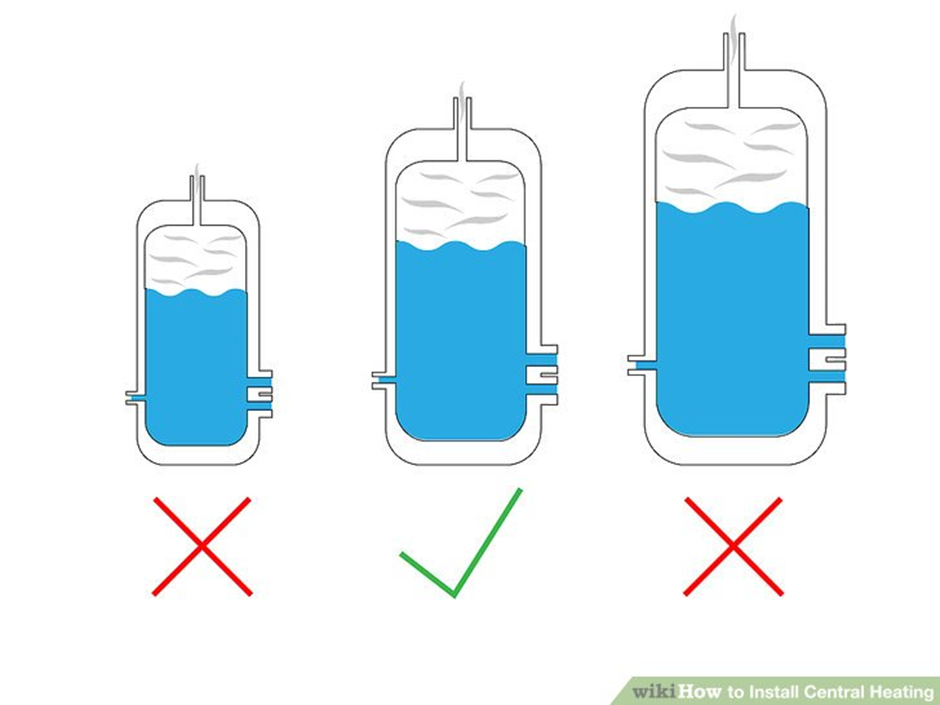

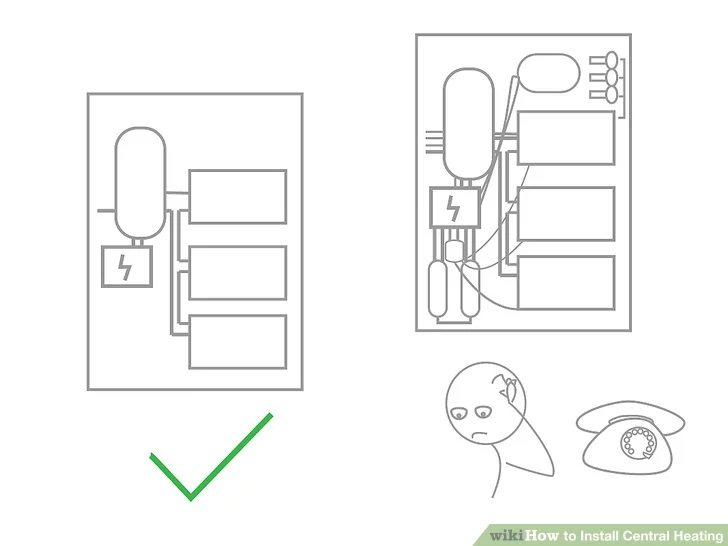

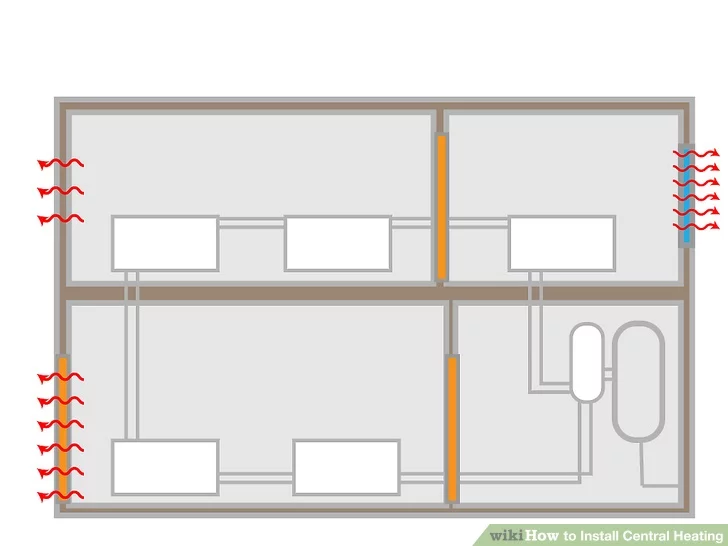
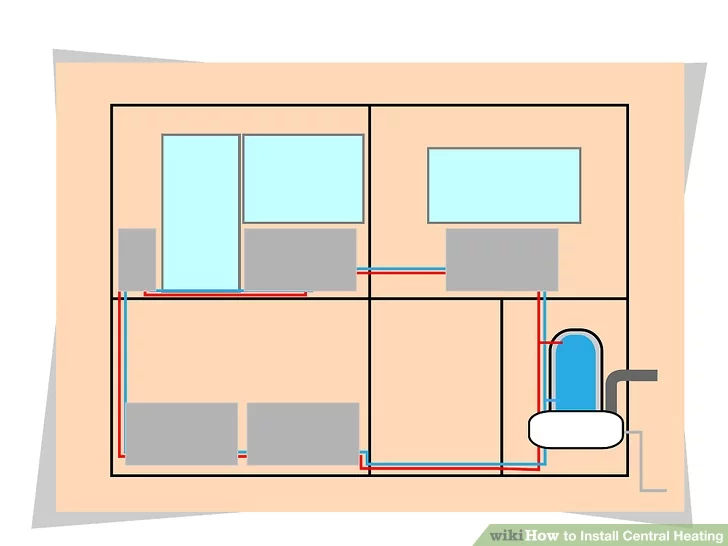
2. Create a map of the central heating system you want to install.
This will serve as a blueprint for installing all of the separate parts.

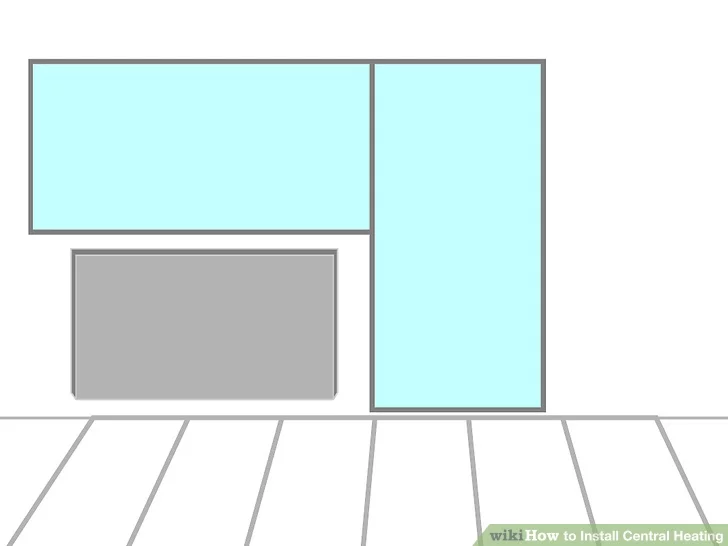

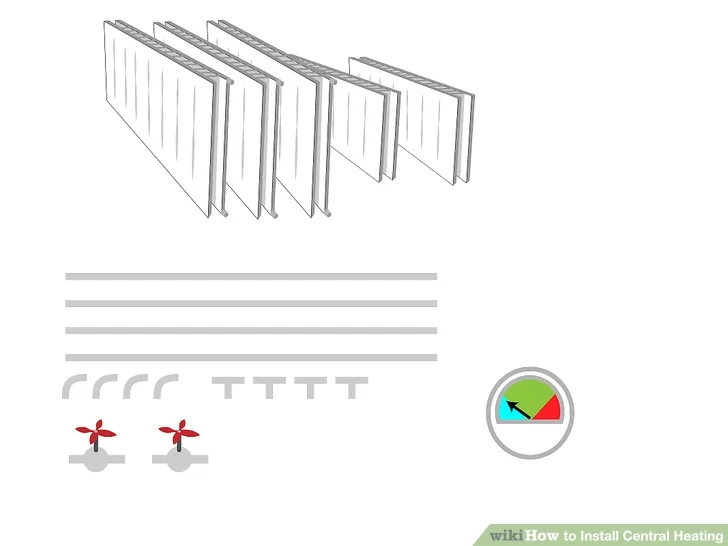
3. Buy all necessary parts to install central heating.
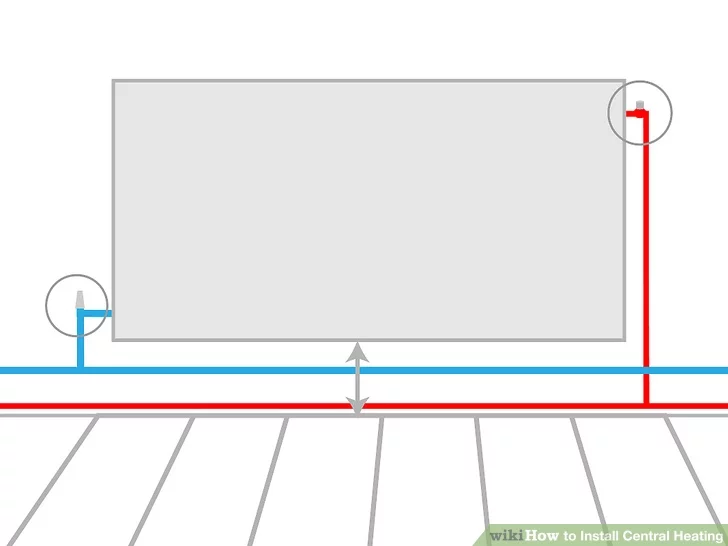
4. Install the radiators. They'll need to be about 4 to 6 inches (10 to 15 cm) from the floor to leave room for the valves to the pipes and allow for cleaning. Install a wheel valve on the flow connection and a lock shield valve on the return connection. This allows you to regulate the water flow.
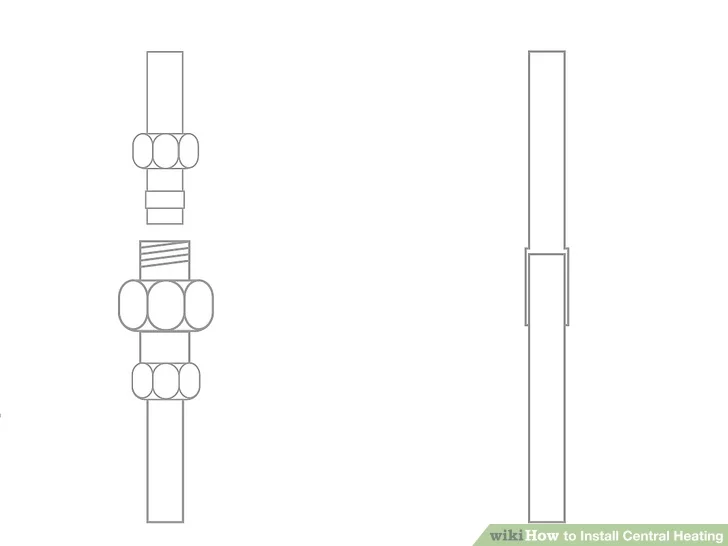
5. Lay the pipes from the radiators and faucets to the boiler.
You'll need copper pipes with either compression or capillary joints. Make sure the pipes vent to the radiators in order to avoid air locks and malfunctioning of the system.

6. Install the control system.
Follow the manufacturer's instructions.
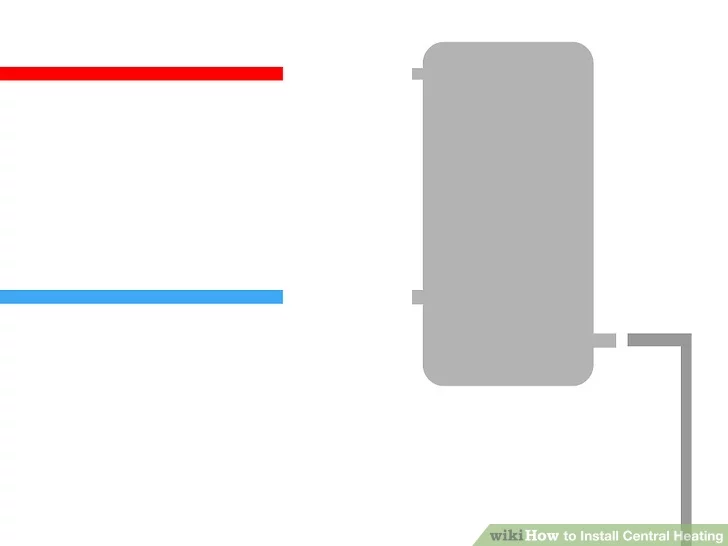
7. Shut off the water and gas supply and install the boiler.
Again, follow all of the manufacturer's instructions. Remember to have a certified contractor perform the connection to the gas main.



